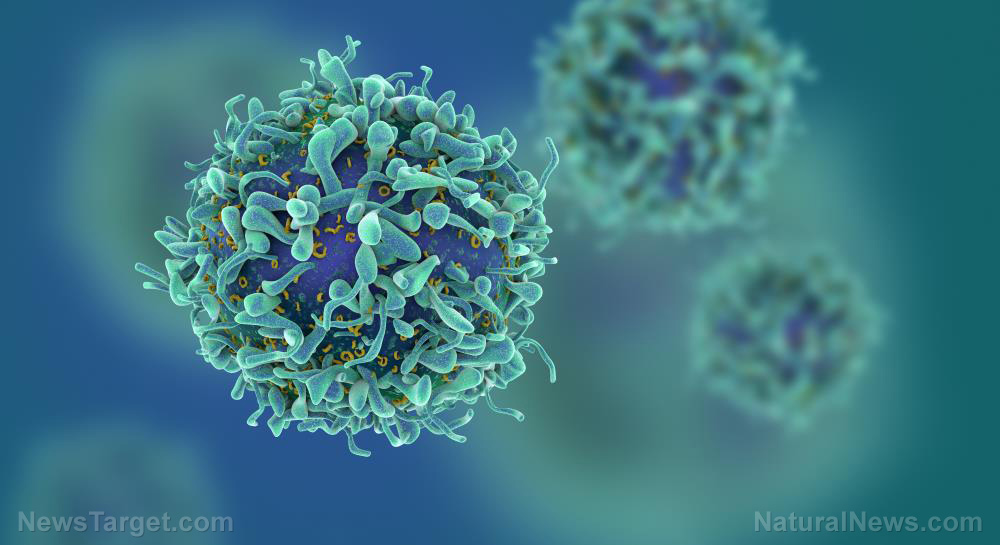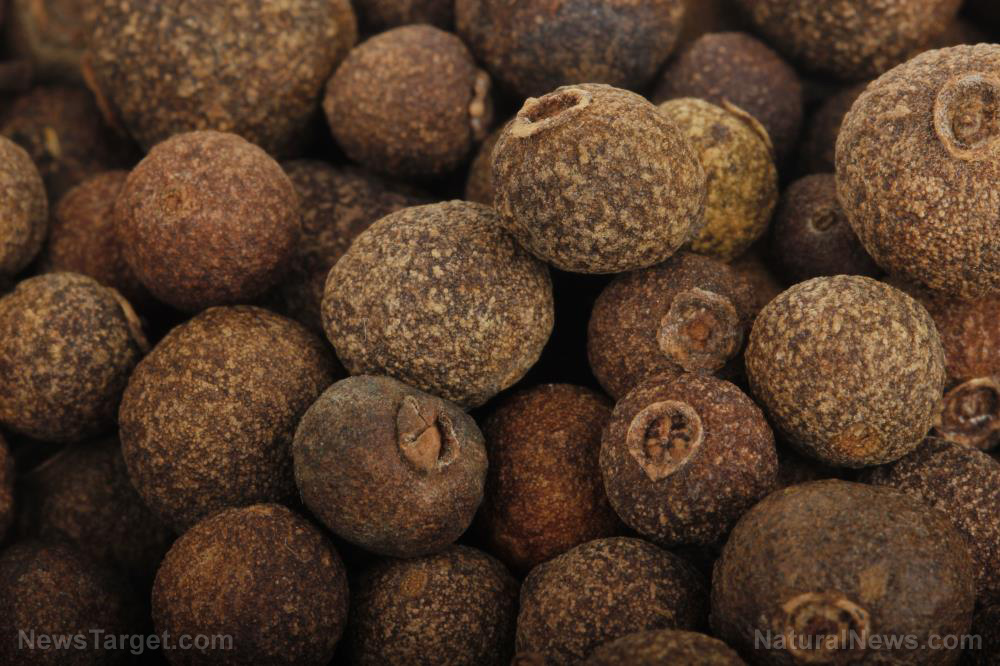
Researchers from the Salk Institute were evaluating the potential links between telomeres and the risk of cancer when they discovered this. Telomeres are molecules that cap the ends of chromosomes – they ensure that these genetic structures would not merge.
Whenever a cell makes a copy of its DNA during cell division, the telomeres get shorter. Eventually, they become so short that they could no longer protect the chromosomes. The cell then receives a signal to halt cell division for good.
There are times, however, when cells don't receive that signal so they keep dividing until their telomeres become too short or go missing. These cells enter "crisis," a state where their uncapped chromosomes fuse and start malfunctioning, just like in cancer cells. (Related: Beach vitex fruit can induce apoptosis in human colorectal cancer cells.)
Autophagy causes the cell death of potentially cancerous "crisis" cells
Salk researcher and lead author Jan Karlseder led efforts to investigate crisis. He knew that crisis often causes cells to die in droves, which stops pre-cancer cells from developing into full-blown cancer. Furthermore, he wanted to examine the mechanism of this beneficial process.
"Many researchers assumed cell death in crisis occurs through apoptosis, which along with autophagy is one of two types of programmed cell death," explained Karlseder's fellow researcher Joe Nassour. "But no one was doing experiments to find out if that was really the case."
For their experiment on human cells, the researchers deactivated tumor-suppressor genes that impose a limit on cell division. They observed that cells divided nonstop until their telomeres became dangerously short, triggering crisis.
Next, they investigated the markers of autophagy and apoptosis, another natural process of cell death. The researchers wanted to figure out which of the two kills cells in crisis.
While both autophagy and apoptosis contributed to the death of a small number of normal cells, the researchers found that autophagy was the primary cause of cell death during crisis.
Damaged or missing telomeres trigger autophagy in pre-cancerous cells
Karlseder and Nassour went on to test the consequences of stopping autophagy during crisis. They reported that the cells continued to divide nonstop since they could not die through autophagy.
Furthermore, the chromosomes of the endlessly replicating cells ended up fused and deformed. Their DNA damage resembled the severe genetic damage found in cancerous cells.
The last part of the study called for inflicting DNA damage to healthy cells. The researchers intentionally damaged either the telomeres or the middle regions of the chromosomes.
They found that cells with damaged telomeres underwent autophagy. Meanwhile, those that suffered damage in other parts of their chromosomes underwent apoptosis.
Based on their findings, the researchers concluded that autophagy is a mechanism that destroys pre-cancerous cells. It is activated when cells incur DNA damage or when their telomeres are too short or are already missing.
However, autophagy can still be used as a valid strategy even after cancer has already begun. Reuben Shaw, one of the authors, published an earlier study about using autophagy to kill a tumor by "starving" it.
The researchers believe that their findings open up a new field of research that could lead to the eventual discovery of a cure for cancer.
Sources include:
Please contact us for more information.























